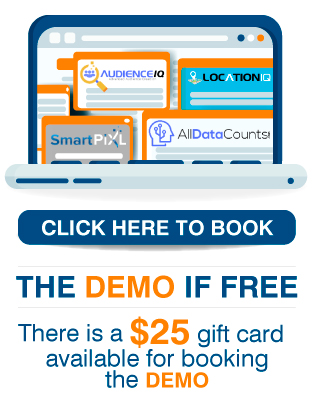Ultimately, understanding data comes down to knowing what questions you want answered.
When it comes to reporting on data, most people like to see the data laid out in front of them. Graphs, charts, tables, and other visualization tools are important to sharing information, but are they the only way to understand the breadth of the data you’ve compiled? Taking a look at raw numbers and results can feel daunting, but the importance of looking beyond the visualizations cannot be overstated. Here are a few ways to increase your understanding of data before you, without relying on visualizations:
Use graphs as a framework for your understanding
– We as humans like graphs and other visualizations for a reason! Use them as a reference point to the greater pool of information. Oftentimes, charts do not paint full pictures of the data which has been gathered, resulting in an incomplete understanding of the very information you set out to understand. Take a look at the numbers not included in a chart from a given dataset and ask yourself “why was this excluded?”. Sometimes the answer is easy, sometimes you’ll discover a new angle on your data that you would have overlooked before.
Compare raw data sets against previous results
– Comparative analyses are a vital step to the research process, but oftentimes people get swept up in comparing visualizations over time instead of the raw data gathered from each period. While, as stated above, visualizations can be a good framework for understanding, true analysis can be missed if not comparing your results against full datasets over time. This comparative analysis over time can help highlight trends and missed opportunities which a graph simply cannot capture.
Gather more data than you think you need
– This tip goes for studies which you have already been running for long periods of time. There really is no such thing as too much data – as long as you’re willing to comb through it all. Oftentimes, trends can appear across datasets without any explanation as to what is causing said trend. So up the scope of your study. Start gathering data which you may have previously considered as irrelevant; after you establish the causation for your mystery trend, you can comb back down on the breadth of the data which you’re collecting.
Take time to read
– There are few things more important to understanding data than taking time to read. Visualizations are often used to “skip” the need for committing to the reading of what can feel like hours of droning language, but with less language surrounding your data reporting, there is less opportunity for deeper understanding. Reading the raw dataset may be reminiscent of studying for a test back in school, but having the full scope of your results in front of you helps ensure that your reporting of information is informed, accurate, and cuts no corners.
Ultimately, understanding data comes down to knowing what questions you want answered.
Visualizations are an important piece of the understanding puzzle, but boiled down information can never paint the full picture. When your goal is to understand data, cutting corners can have negative consequences which trickle through your entire business.
At M1-Data and Analytics we pride ourselves on providing you the tools to not only gather large pools of data, but understand it all. Our team of experts and suite of services are waiting to help you and your business thrive. To learn more about M1 and how we can help you, contact us today!

